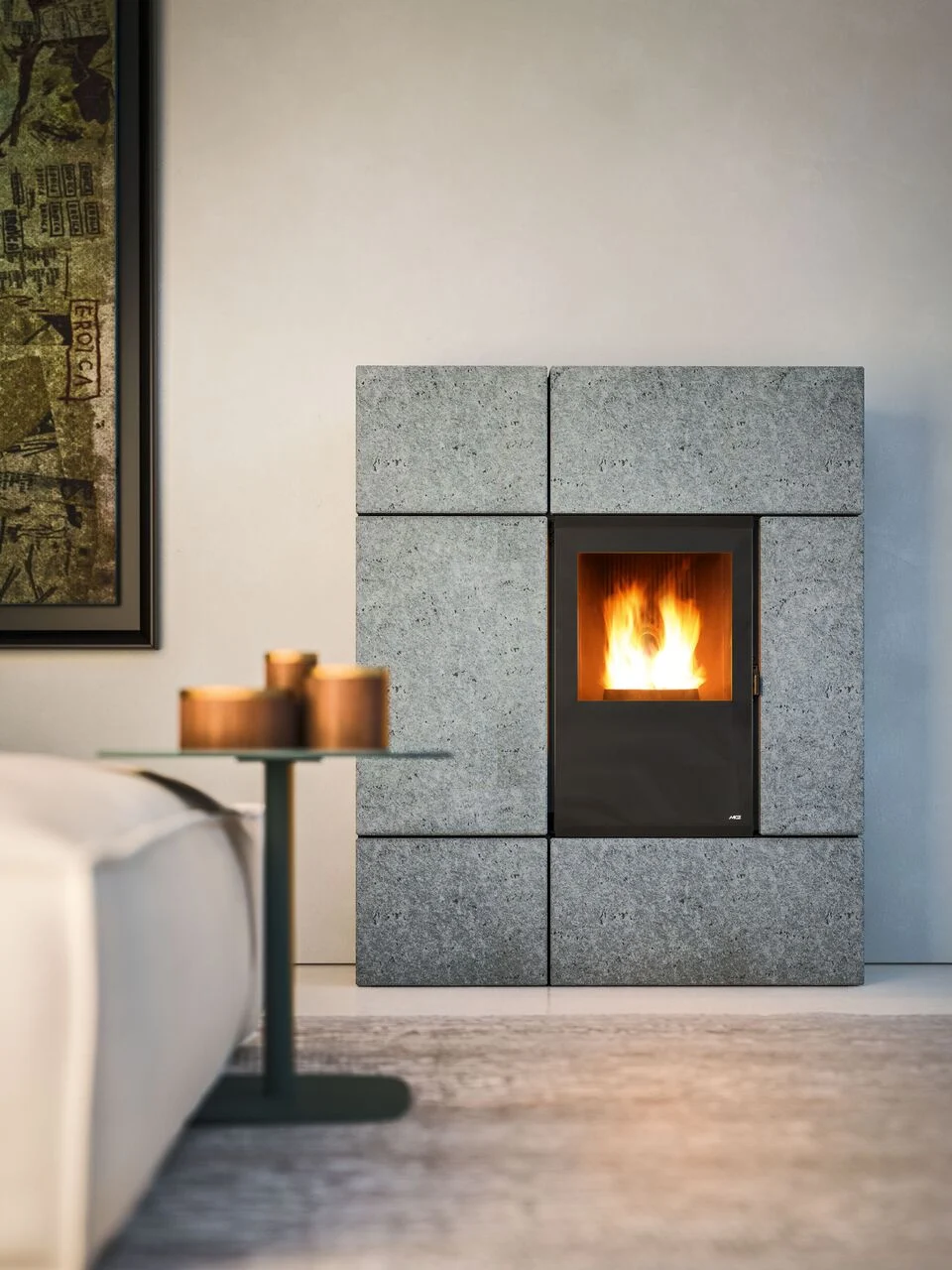Valid alternatives to gas heating
The comfort of stepping into a warmly heated environment gives you a sense of well-being that goes far beyond just warming up a room. Choosing an alternative heating system to traditional radiators is not only possible, but it also opens the door to a new way of thinking about home heating.
When we think of traditional home heating systems, our minds go to bulky and not always efficient radiators.
Because of their low initial cost and their ability to spread heat throughout the house, radiators have been the most widely used heating method over the years – undisputed protagonists of winter at home. However, that doesn’t mean they’re the best solution for modern needs.
So, how can you heat your home without radiators?
There are alternative heating systems on the market that help reduce costs, optimize energy efficiency, and lower polluting emissions that harm the ozone layer.
Wood-burning Fireplace
Using firewood as a heating fuel is the most traditional method. Its advantages include savings on gas usage and the availability of a very affordable (sometimes even free) fuel.
While the warmth and beauty of a fireplace flame are timeless, some downsides must be considered:
- It heats unevenly, as warmth is generated only near the fireplace;
- An open fireplace has low efficiency;
- In many urban areas, lighting open fireplaces is banned due to fine particles.
Modern fireplaces or thermo-fireplaces, however, can heat the room they’re in as well as others through forced-air ducting. Just like ducted pellet stoves, this system allows hot air to be channeled throughout the house, ensuring even heating.
Advantages of a glass-door fireplace:
- Heats evenly through air ducting
- Modern fireplaces are highly efficient
- They meet 5-star environmental certifications and can be installed legally
Pellet Stove
The most efficient alternative to radiators is the pellet stove.
Fueled by pellets—a wood-derived material available in bulk and at affordable prices—it can heat the whole house.
A ducted stove can be used: it connects to a system of pipes ending in air vents in each room. Ducting brings warmth to every room, even in multi-floor homes. Read more in our detailed guide on pellet stove pros and cons.
Pellet stoves are becoming increasingly aligned with technological, ecological, and aesthetic needs.
Shapes, sizes, and finishes are evolving, not only improving appearance but also boosting thermal performance.

Materials are selected to store and retain heat longer, making the pellet stove the best eco-friendly and economical choice for heating your home while saving significantly on energy bills.
Advanced models allow scheduling and remote control via smartphone, reducing waste and ensuring a warm, welcoming home when you return.


